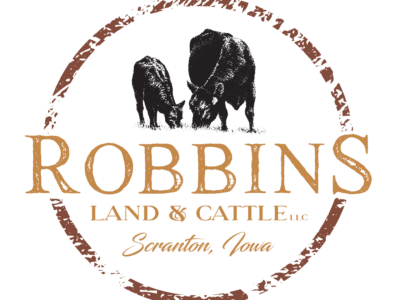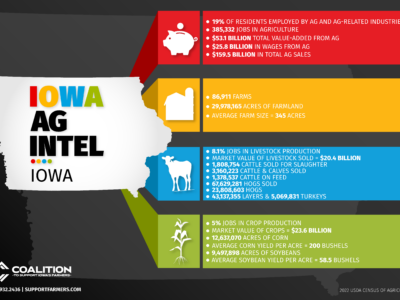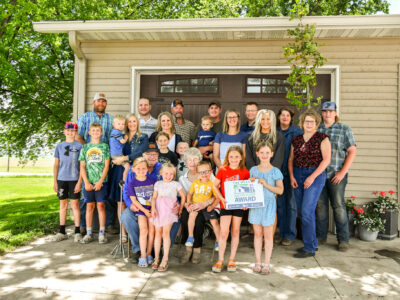Neighbor relations vital for livestock success
12-13-2012 in Livestock
By: Bethany Pint, Iowa Farm Bureau
Posted with permission of the Iowa Farm Bureau Spokesman
Communicating with neighbors and consumers is important, and farmers are responsible for sending the right message to these groups of people by what they say and what they do on the farm.
Brian Waddingham, executive director of the Coalition to Support Iowa’s Farmers (CSIF), said it’s very important for farmers to talk to their neighbors during the planning stages of expanding their family’s livestock operation.
“Talking to your neighbors could be one of the harder things to do on your farm, something you don’t like to do, something you don’t like to think about, especially when you’re going to them to talk about expanding your existing farm,” he told farmers at the Iowa Farm Bureau’s annual meeting last week in Des Moines. “But it’s really probably one of the most important things you can do to help with the success of getting that new barn up, getting that new feedlot built, bringing your son or daughter back to the farm.”
And just because farmers hoping to expand or add a livestock operation have lived a long time in the areas doesn’t mean they shouldn’t talk to their neighbors.
“Even if you’ve lived in the same place for 25 years, never ever think your neighbors are going to be fine with you expanding your current operation or putting up a new hog building or cattle barn or turkey barn,” Waddingham said.
Since 2004, the coalition has helped more than 2,000 livestock farmers expand or add a livestock operation to their farm.
Get help early
Waddingham said it’s best to call CSIF three to six months before breaking ground on a site to ensure the proper steps in the planning and implementation of a new facility.
He said the CSIF staff will assist farmers, at no charge, to determine the best location for a barn or feedlot; interpret, meet and exceed the more than 180 pages of rules and regulations that apply to livestock farmers; develop a communication plan to talk with neighbors about the site; and use existing partnerships to embrace the new or expanded livestock operation.
Laurie Johns, director of public relations for the Iowa Farm Bureau, said it’s essential for farmers to really think about their communication plan.
“The most important thing you have to start with is why you’re doing this,” she said at the annual meeting. “The things you have in common with your neighbors, with your community, the things that you contribute—those common values. That’s what they want to see first and foremost, right out of the shoot.”
Johns said the farmer’s bottom line, science or the idea of feeding a hungry world isn’t the most important part of the conversation.
“Science is important, but not to start the conversation,” Johns said. She echoed Waddingham’s statement about how vital it is for farmers to talk with their neighbors.
“If you don’t reach out to your neighbors first, there can be roadblocks,” Johns said. “It takes one farmer to impact the neighbors, the community. It takes one farmer showing that he doesn’t care, doesn’t make that connection, to impact the entire industry.
The coalition is a joint partnership involving the Iowa Cattlemen’s Association, Iowa Corn Growers Association, Iowa Farm Bureau Federation, Iowa Pork Producers Association, Iowa Soybean Association, Iowa Turkey Federation and Midwest Dairy Association. It can be reached at 800-932-2436.
Recommended News

Robbins Family Hosts Cattle Building Open House
Farmers interested in learning about the benefits of raising cattle under roof are invited to attend an open house at the Robbins family farm to tour Justin and Lacie Robbins...
Read More
NEW STUDY SHOWS IOWA AGRICULTURE EVEN STRONGER
Iowa’s 86,911 family farms continue to be a key driver of Iowa’s economy, contributing 32 percent more to the state economy than in 2017, according to a new study commissioned...
Read More
Farming is a Family Affair
The Streit family of West Bend, Iowa, has cultivated their farm for over three decades, fostering a legacy of hard work and community support. Diane and Tony Streit, alongside their...
Read More